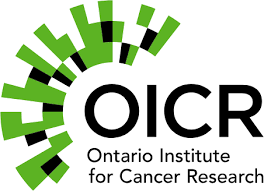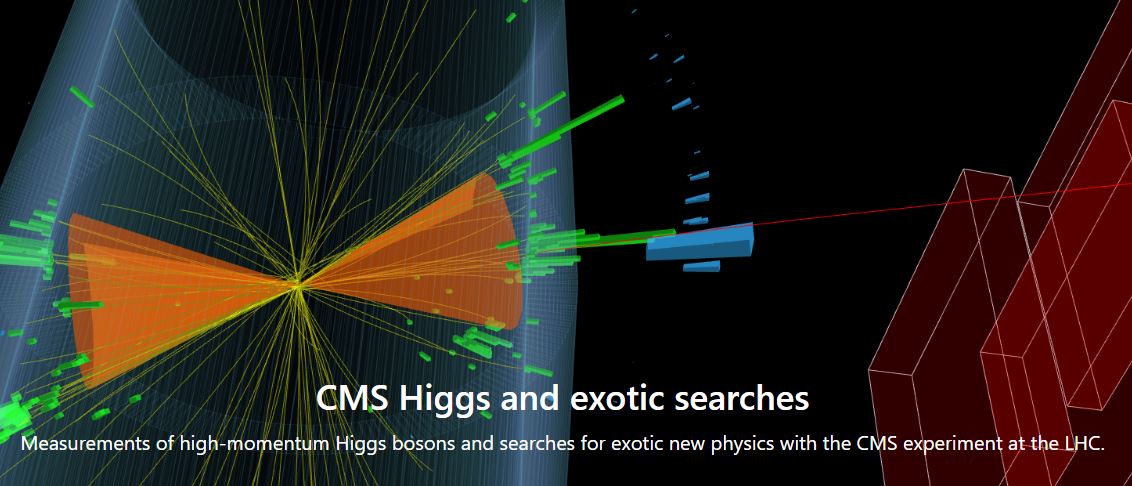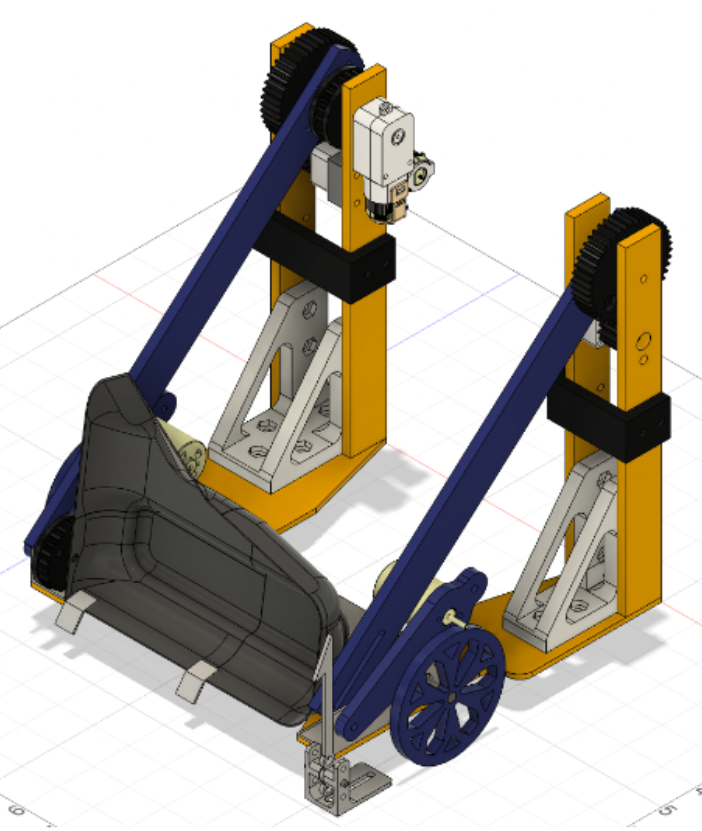All About Me!

Hello, my name is Sukanya (or Suki for short)! I’m currently a PhD student at Harvard University in Engineering Sciences with a concentration in Computer Science and a secondary in Data Science. I graduated from the University of California San Diego where I majored in Bioengineering with a double minor in Data Science and Cognitive Science. I am interested in applying computational methods and applied machine learning with respect to the medical sciences. As an avid programmer and engineer, I’m very passionate about using CS and Data Science (DS) in order to help solve some of the world's most interesting problems.
I’m interested in exploring and learning about all sorts of technology and software. Some of my passions for learning surround app development, finance, geospatial analysis, computer vision, renewable energy, and healthcare. I find it incredible how CS and DS can be used in so many intersecting ways and all the opportunities that exist in these fields. If there are any interesting collaboration opportunities or would like to reach out, feel free to reach me through the "Contact Me" message form!
To learn a bit more about me, separate from school, work, and tech, I really enjoy listening to music on YouTube or Spotify, making music (I have been playing the flute for ~10 years now since middle school!), watching kdramas or anime (my favorites at the moment are Blue Lock and One Punch Man), and learning new languages (I am currently learning Korean through my university!).









